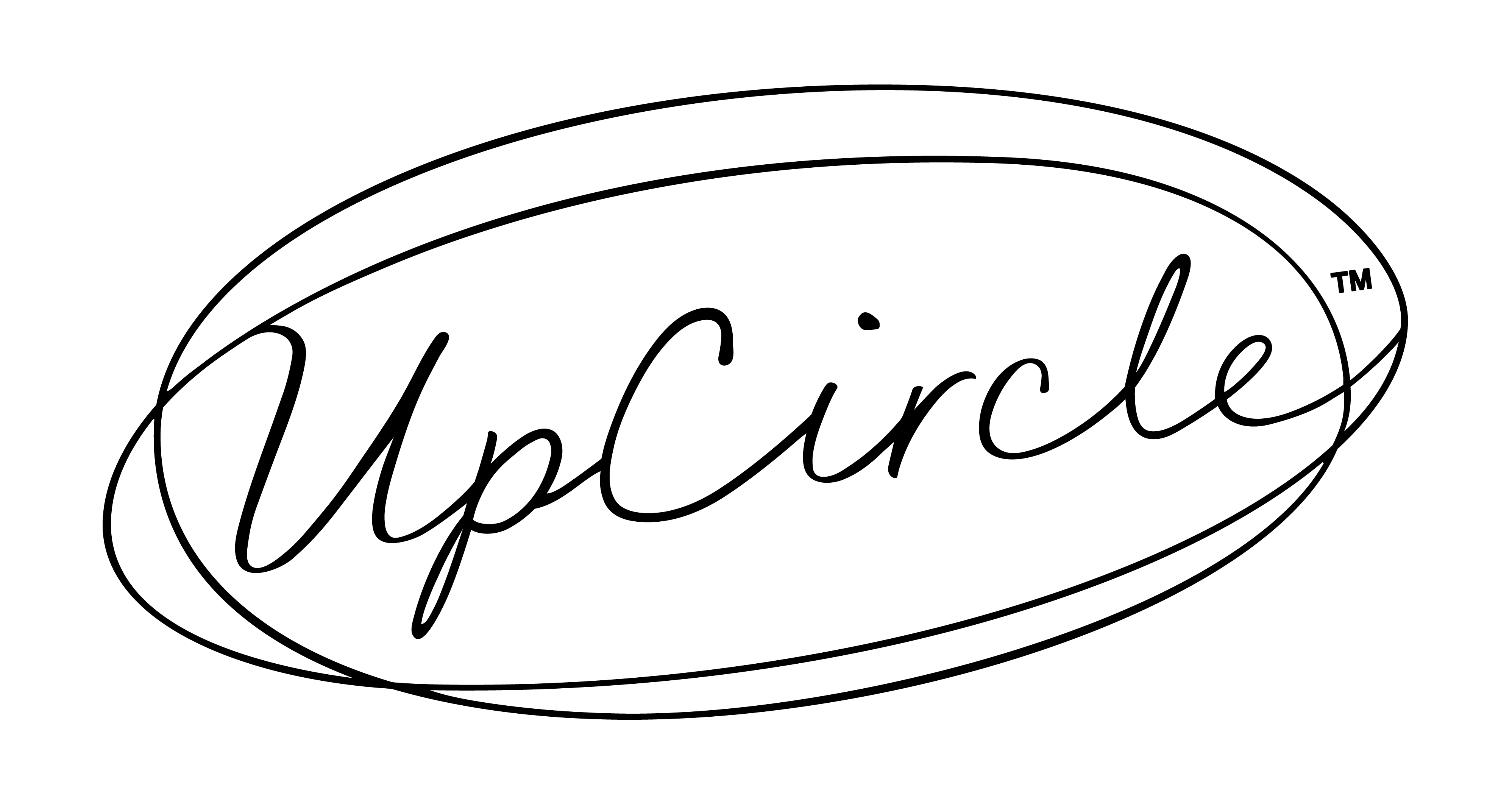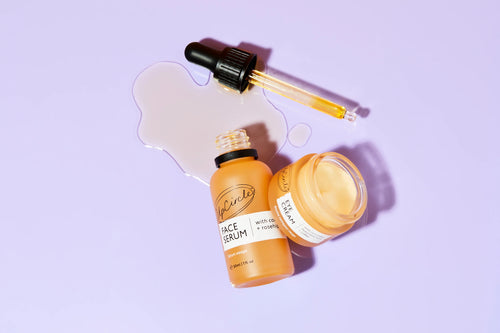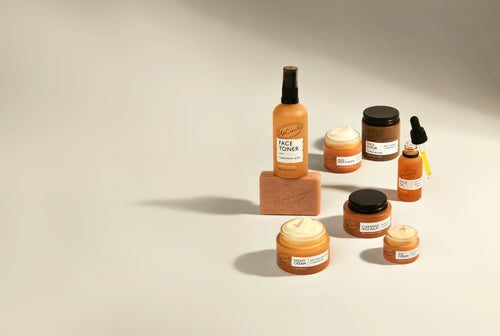Where coffee comes from is still a mystery to many. Perhaps it’s because they’re not quite awake when they grab their morning brew, maybe it’s indicative of a wider disconnect between people and their environment. Regardless of the reasons, we feel it’s not only important, but fascinating to know Beanie’s journey from shrub to scrub. So come and join the adventure, it’s going to be quite the ride.
An Idyllic Childhood
It goes without saying, before a coffee bean is even harvested it must first be grown. This normally takes place in the hot, equatorial coffee plantations of sub-tropical Africa, Southeast Asia or South America on a delightful plant known as the coffea tree. Its name is a little misleading as it’s actually a bush but, like a tree, it can live for years - up to one-hundred in some cases.
it’s on the branches of the coffea tree where Beanie begins her life, growing with hundreds of brothers and sisters in the form of a coffee cherry. When the time is right, these cherries become embarrassed at still living at home and turn a suitable shade of bright red, handily indicating to the pickers that they are ready to move on. Once picked, the cherries are shifted through to make sure no unripe strays have infiltrated the group. Then they’re bundled together, ready for processing.
Soaking up the Sun
After the arduous task of harvesting, it’s only right that the cherries get some time off to relax. The first stage of processing generally involves drying the cherries in the direct sun. It’s a little bit like people going to Brighton beach on a bank holiday - except the beans are turned at regular intervals to prevent sun damage. After a month or so, the cherries are sufficiently dried and, after the unfortunate sun-sensitive beans are removed, it’s time for the next stage.
Learning the trade
At this point Beanie is what’s known as a parchment bean, still covered by a papery husk. This is removed by a milling machine, leaving the bean commonly recognised across the world as coffee. An optional process is to polish the beans, this means removing every little bit of remaining skin from the bean. While there is little actual difference between polished and unpolished beans, the former is generally considered to be better and sold at a premium.
The final action in this step is to separate the beans based on size, it’s a coffee version of Total Wipeout and beans that don’t meet the standard requirement don’t make it any further. Needless to say, Beanie not only passed all the obstacles, she set the course record while doing so.
Passing the test
So this is the end, right? Um, sorry… there’s still a way to go yet. Most exported coffee is young, energetic and unroasted - still green in colour. Before going any further a professional taster, also known as a ‘cupper’ is summoned. This person really knows their beans, able to pick out the tiny distinctions that separate a good coffee from a great one. Like a sommelier, they will make notes about smell, taste and even appearance, mulling their time while the beans wait with baited breath. If they receive the nod the beans are normally sent to the trader the cupper belongs to.
Character Development
The roasting step is what gives the coffee bean its trademark chocolate hue. Some companies roast their own beans, others buy from independent roasters and some people even have smaller scale roasters for the home or shop. it doesn’t matter which is used as the process is generally very similar. What does matter, however, is the temperature and time the beans are roasted for. Packaged coffee often indicates a “light” or “dark” roast, and this reflects in the flavour of the final coffee. Lightly roasted beans are heated to around one-hundred and eighty degrees Celsius, while darker ones can be heated up to one-hundred degrees higher. If you really want to sympathise with Beanie at this point, feel to pop out and jump on the tube at rush hour. We’ll wait.
Time to shine
Finally, the taste. It’s what makes the journey worth it. Once roasted the beans are ready to be ground and used in the drink we all know and love. “I’ll have that one” you say, pointing to the drinks menu. As the barista smiles (because he/she likes you), and prepares the espresso shot, they will take the ground coffee, press it down and load into the machine. This fires a stream of super hot water through the fine Beanie powder, extracting the perfect amount of flavour for your cup of choice; it’s done - a deliciously fitting calling is fulfilled.
The End?
This is where the story ends. Or where it normally ends anyway. Traditionally Beanie would now be left as a pile of leftover coffee grounds and simply discarded, an unfitting way for such a hero to bow out. An espresso may extract some flavour but by no means does it extract all the wonderful nutrients the coffee bean has to offer. With this in mind, UpCircle sees the drinking of coffee as simply another chapter in a much longer story - collecting leftover grounds from local businesses and giving beans like Beanie a second chance. Our range of sustainable coffee scrubs are just one example of how classical product life-cycles can be reimagined, Combine this repurposing with a natural, cruelty-free approach and you can help to shape a better, more sustainable world for everyone.
-This post is dedicated to Beanie.-







